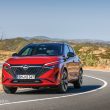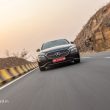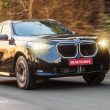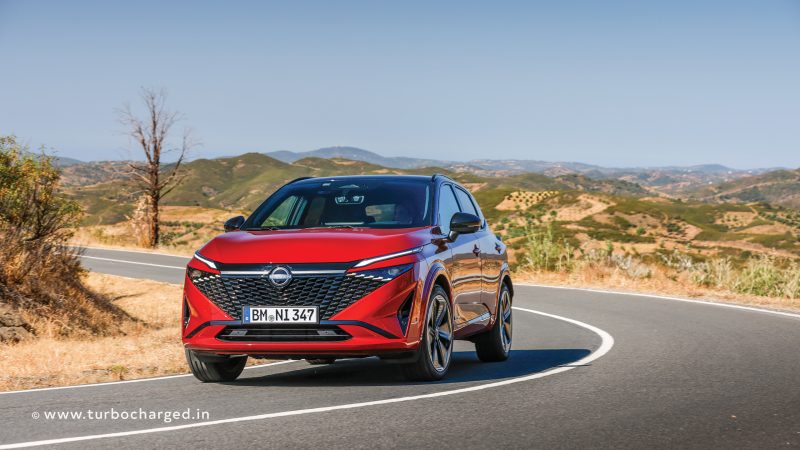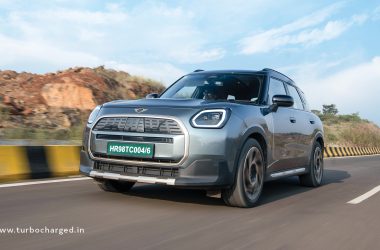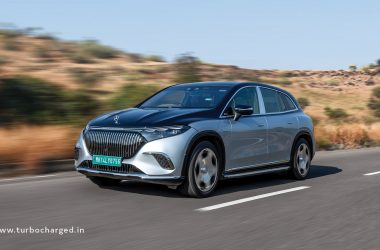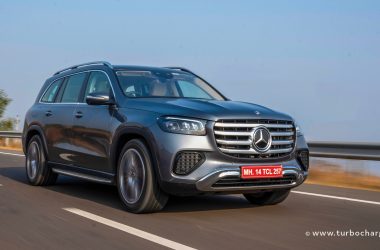The Nissan Qashqai has been around for about two decades now, and there’s no denying its popularity internationally. The Qashqai is one of the most popular and highest selling models for Nissan globally. A year ago, I got to see its latest avatar go into production at Nissan’s Sunderland plant in England. Getting to see the SUV in the flesh piqued my interest, though getting to drive it was not possible at the time. I’ve finally got a chance to drive the Qashqai, and interestingly, at Nissan’s own proving grounds at Yokohama in Japan, where the carmaker has its global headquarters.
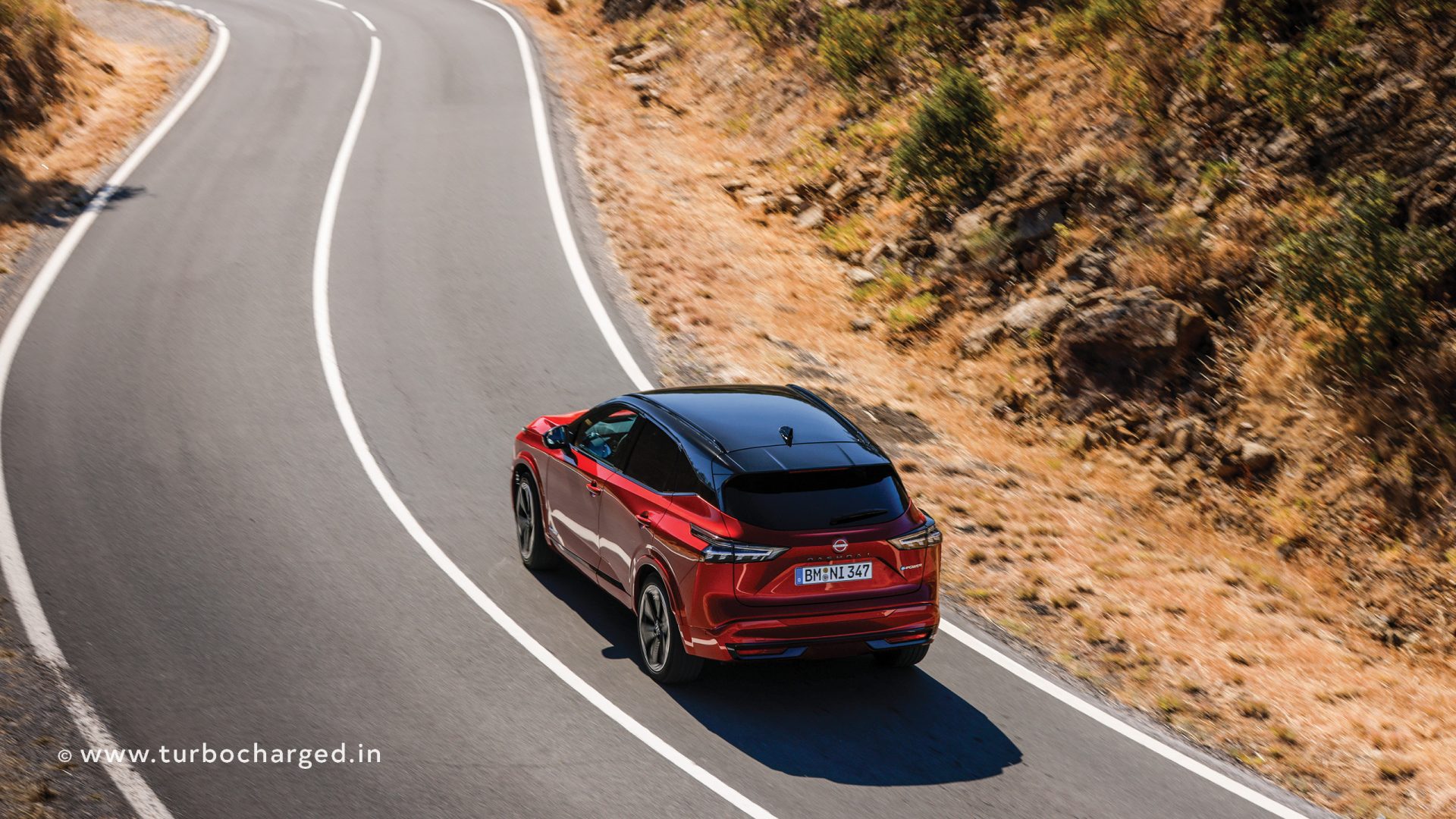
The drive was a very short one and at a test track, meaning I only got a little taste of what the Qashqai is like to drive. It looks very appealing thanks to the midlife update it received last year and has a very distinct European vibe – not surprising considering the Qashqai’s popularity in the UK and the EU. The front end looks very premium thanks to the distinctive grille design, while the headlamps are sleek-looking, split units. As you would expect, the Qashqai has a very crossover-esque stance, sans the ruggedness associated with traditional SUVs. Interiors look premium thanks to the abundant use of Alcantara in the cabin, especially on the dashboard and door panels, besides which quality of plastics is very high too. You get a flat-bottomed, leather-wrapped steering wheel, while the seats use quilted leather covers to feel plush and comfortable.
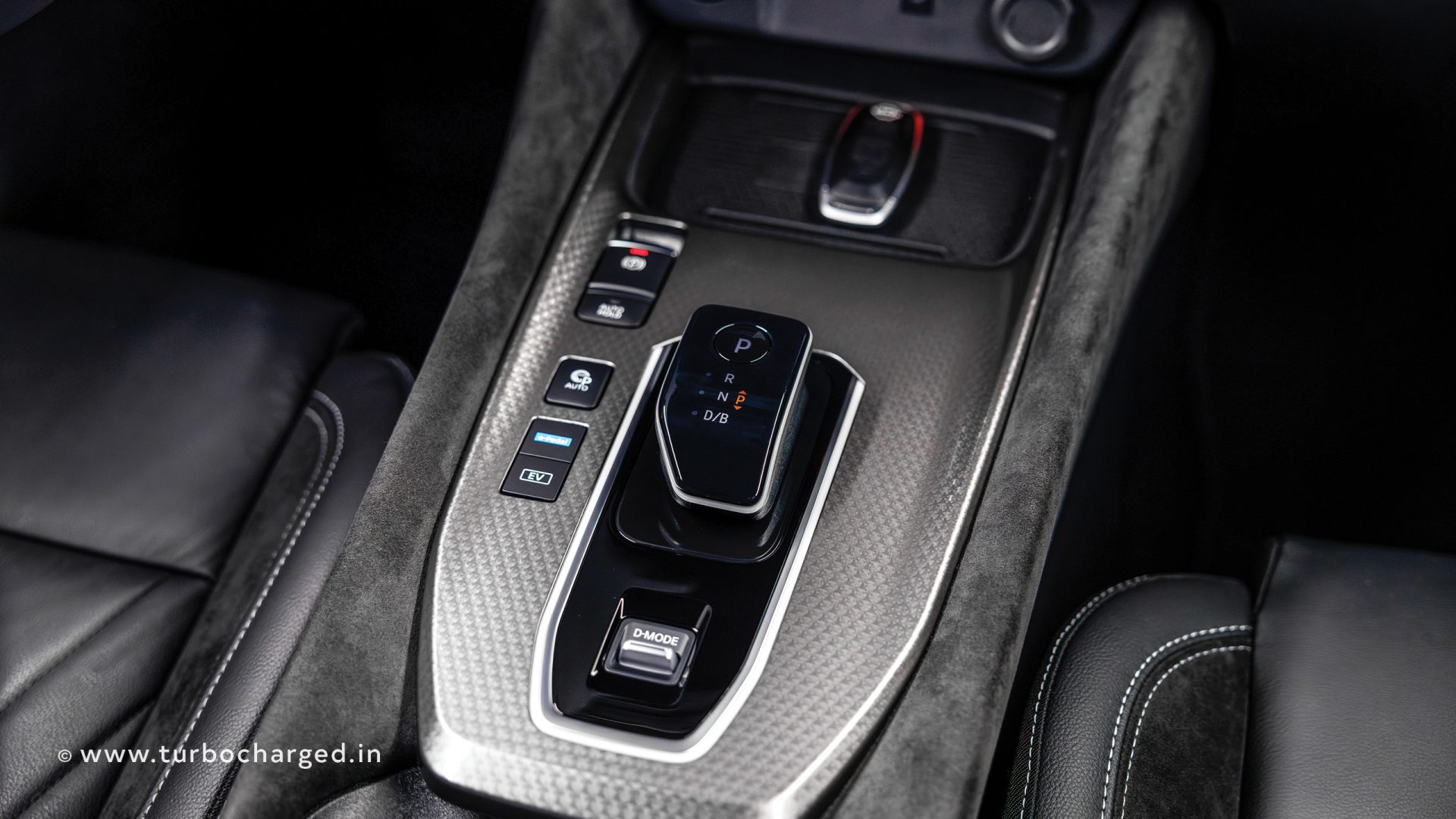
The Qashqai isn’t offered with a diesel engine anymore – you can only have it with a petrol or strong (self-charging) hybrid powertrain, dubbed e-POWER by Nissan. I drove the latter, which interestingly – and unlike hybrids sold in India currently – has the electric motor alone drive the wheels. Effectively, its 1.5-litre, three-cylinder engine only works as a generator to charge the lithium-ion battery pack onboard, and does not power the wheels at all. e-POWER thus makes for a quiet, EV-like experience. The powertrain offers 190PS which sounds impressive on paper. Its power delivery feels akin to that of an EV meaning the Qashqai feels quick, thanks to the electric motor offering its full wealth of torque right from the word go. Power delivery isn’t exactly engaging but the Qashqai builds and gets to speeds quickly, and claimed 0-100kmph time is just 7.9 seconds. Regenerative braking helps, but when sustaining higher speeds, the engine comes on frequently to juice up the battery pack. The e-Pedal mode enables single-pedal driving, which should help in traffic. Overall, I wouldn’t call the Qashqai fun to drive, but it feels like a very effective tool for city-dwellers. On the same note comfort and cabin quietness are excellent, besides which the Qashqai should also return stellar fuel efficiency numbers. The test track’s smooth surface meant I couldn’t really assess the ride quality though the handling, while neutral, is confidence-inspiring. This is courtesy of the well-balanced chassis and the 20-inch wheels my test unit was running.

In a nutshell, the Qashqai should also make for an interesting statement for Nissan in India. If launched, it will be pegged against names like the Hyundai Tucson, Jeep Compass, Volkswagen Tiguan, Skoda Kodiaq and the Citroen C5 Aircross to name a few. Whether or not it will come to our shores remains to be seen, but if and when it does, it will draw serious attention, particularly thanks to its strong hybrid powertrain.


